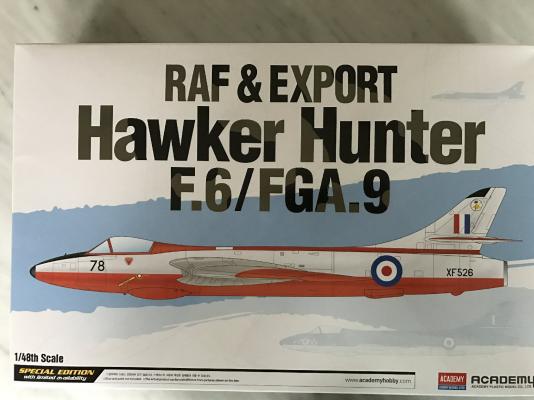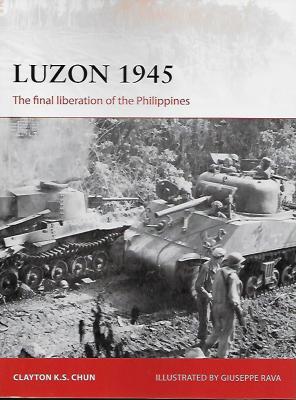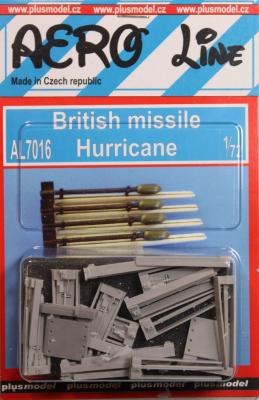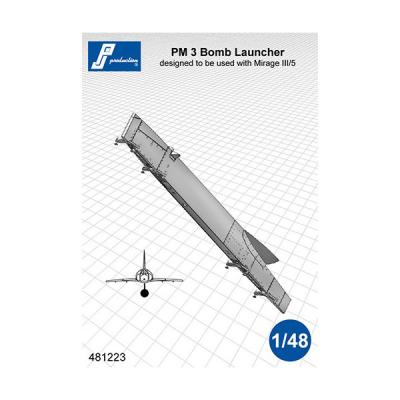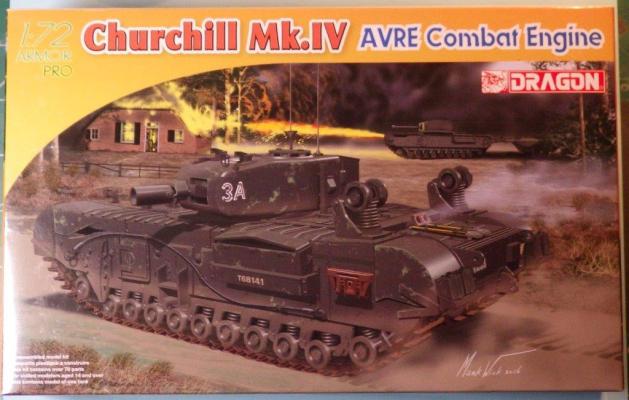The Hawker Hunter is a transonic British jet-powered fighter aircraft that was developed by Hawker Aircraft for the Royal Air Force (RAF) during the late 1940s and early 1950s. It was designed to take advantage of the newly developed Rolls-Royce Avon turbojet engine and the swept wing, and was the first jet-powered aircraft produced by Hawker to be procured by the RAF. On 7 September 1953, the modified first prototype broke the world air speed record for jet-powered aircraft, achieving a speed of 727.63 mph (1,171.01 km/h; 632.29 kn).
Welcome to the IPMS/USA Reviews site!
Introduction: The primary organization of the IPMS/USA Review website is by IPMS/USA National Contest Class. Within each Class there are sub-menus by kits, decals, books, etc. The Miscellaneous Class is for items that are not class specific or that cross two or more classes.
IPMS/USA Members: We encourage you to submit reviews, both here and to the Journal. To volunteer for membership in the IPMS/USA "Reviewers Corps" and submit your own reviews, please read the Guidelines For Submitting Product Reviews.
Manufacturers, publishers, and other industry members: IPMS/USA is pleased to offer your company the opportunity for product reviews. All product reviews are performed by IPMS/USA members, and are posted in the publicly-accessible section of our website. With very few exceptions, we perform full build reviews of new kit releases, aftermarket products, and supplies. If you would care to provide product samples for review, please contact John Noack, IPMS/USA 1st VP.
To learn more about IPMS/USA, please see our About Us page.
Note: This book is also available in two other formats, eBook (Pub) and eBook (PDF) both priced at $12.99
Mention the phrase Luzon 1945 and what immediately comes to mind is Gen. Douglas MacArthur’s pledge to return to the Philippines after his defeat in 1942.
Osprey Publishing in their Military History Series and Clayton K.S. Chun, along with illustrations by Giuseppe Rava, have published an excellent book on Luzon 1945, The final liberation of the Philippines. Clayton K. S. Chun, Ph.D., is on the faculty at the U.S. Army War College and served in the U.S. Air Force, has published several books in the fields of economics, national security and military history. What you get is a softcover book covering 96 pages with high resolution black and white glossy, detailed historical photos. Twenty illustrated maps and images in color are also included. The book is divided into ten sections.
PlusModel was established in 1990 in the Czech Republic. Their product range is primarily made up of 1/35th scale resin kits, conversion sets, and accessories which are vacuum cast from polyurethane resin.
A new addition to their line is a set of resin FFAR Rockets for any 1/72 Hawker Hurricane kit. The rocket assembly is a two-piece assembly of individual rockets and launch rails which, when assembled, attach to the supplied mounting plate, or to the kits’ underwing mounting points if appropriate.
The pictorial PlusModel instructions are straight forward. Remove the parts from their resin sprues. Use care with the rocket fins, as they are fragile. Clean up any flash or casting seam lines. I suggest painting before assembly. Once painted to match your references, use CA glue to attach the rockets to the rails. There is a groove on the underside to assist you in lining things up. When set, glue to the supplied plate, or or to the underside of the kit wing.
PJ Production is a Belgian firm that specializes in the creation and production of resin scale models and accessories aimed at modelers of military aircraft kits and aviation-related dioramas in 1/72nd, 1/48th and 1/32nd scale. Their lines include fine and accurately detailed cast resin replacement and supplemental parts for model kits in the most commonly produced scales.
PJ Productions has produced a resin PM 3 Bomb Launcher for use with aircraft armed with such types. An out-of-box evaluation (see photos) indicates a reproduction of the French manufactured pylon that provides a realistic scale-detailed assembly with the appropriate 2 bomb attachment supports. The panel detailing is extremely fine.
The Churchill Mk. IV infantry tank was the most produced version of the Churchill. It was used as a basis for a number of special models including the Armoured Vehicle Royal Engineers (AVRE), a combat engineer vehicle designed for destroying enemy fortifications. After the failure of the Dieppe landings, it was realized that there needed to be a way to effectively handle enemy defensive fortifications during an amphibious landing. The AVRE was developed by the Canadians and saw its first action supporting the landings on D-Day. The normal gun on the Mk. IV was replaced with a Petard 290mm spigot mortar that fired a 40lb round. A team of five combat engineers crewed the vehicle with a driver selected from the Armoured corps. The vehicle was very successful and was used until the end of the war.











